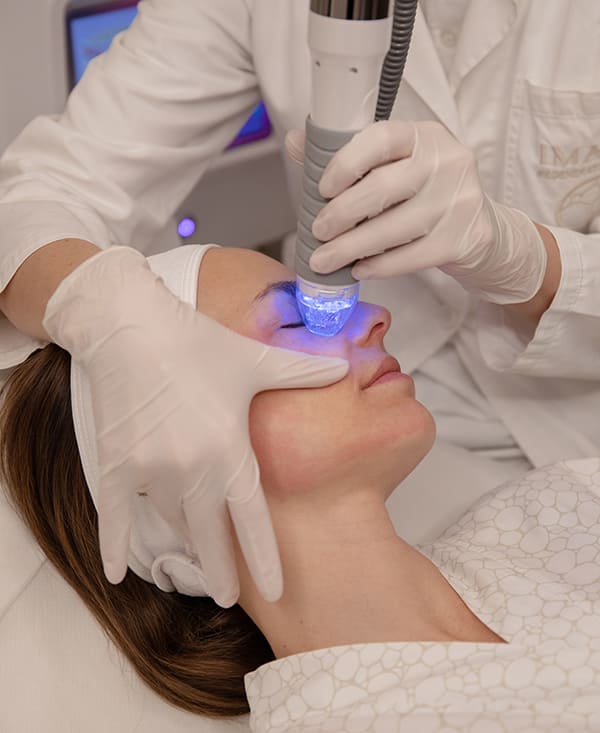We discuss this topic with Dr. Caterina Bristot, general medicine specialist and laser therapy expert at Image Regenerative Clinic.
How do lasers work for pores?
Lasers emit intense, focused light that can interact with skin tissues in various ways. Depending on the laser type and settings, the laser can produce different effects, including reducing pore dilation and improving skin appearance, without damaging the dermis.
What are the laser options for pore treatment?
Several laser types are used for treating enlarged pores, which can also address other skin conditions such as melasma, rosacea, and sun spots. Among the most effective are non-ablative fractional laser, fractional CO2 laser, and Nd:YAG laser, each with specific indications and mechanisms of action.
Which laser is most effective?
The selection of the most suitable laser depends on various factors, including the type of skin condition, skin phototype, and patient characteristics and expectations.
It's important to note that not all laser treatments are suitable for everyone. Therefore, we recommend specific laser types and treatments only after our physicians conduct a thorough personalized assessment.
What to expect from laser treatment?
The sensation during laser treatment varies depending on the laser type used. In some cases, local anesthetic may be necessary to alleviate heat discomfort and burning sensation, which is also mitigated by cold air flow associated with the laser beam spot.
Post-treatment effects may include redness, swelling, and a warming sensation on the skin, typically mild and short-lived.
Laser treatment results are gradual and may require multiple sessions to become visible. However, in most cases, patients achieve significant improvement in skin texture and reduction in enlarged pores within 3-6 sessions, depending on the laser type.
